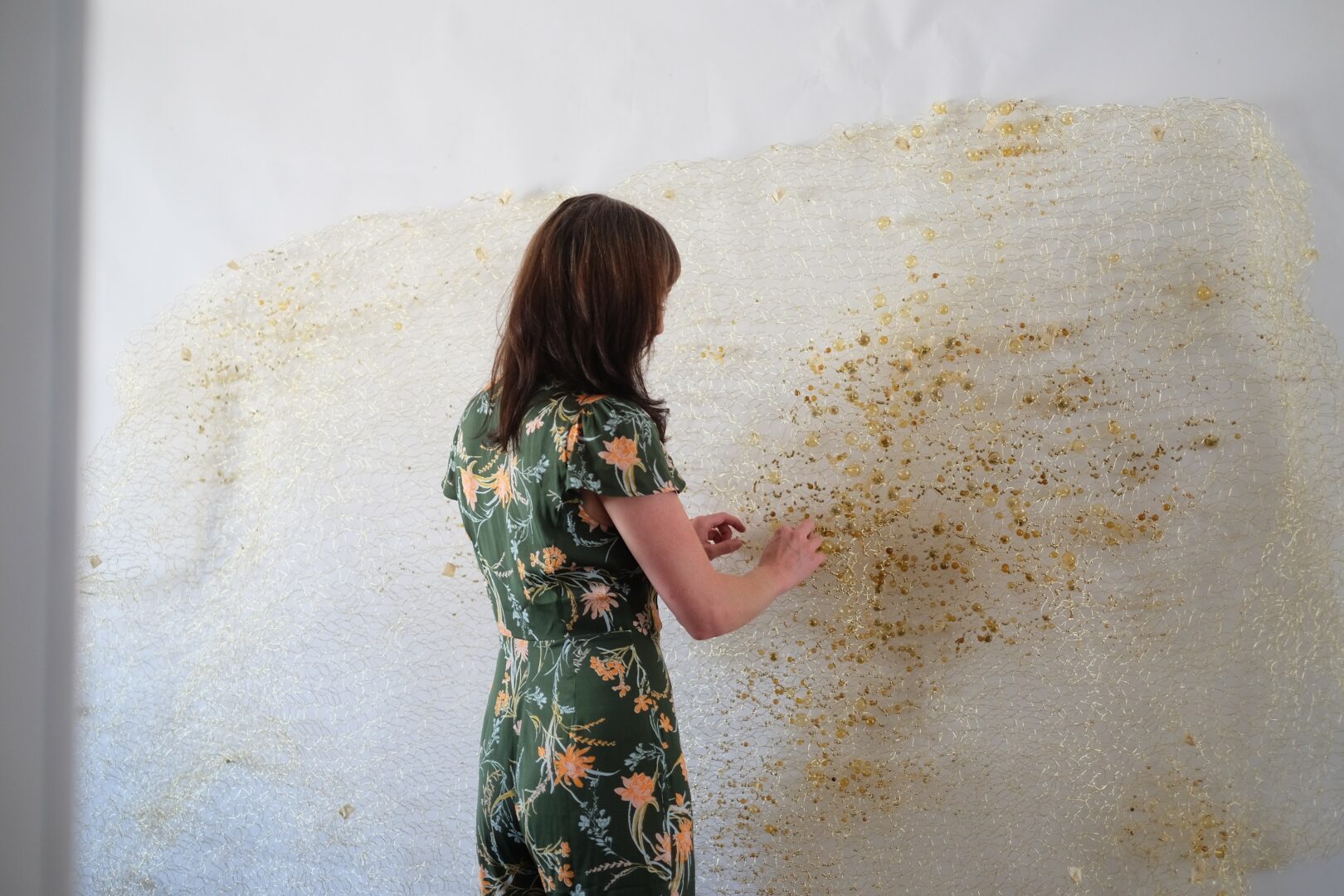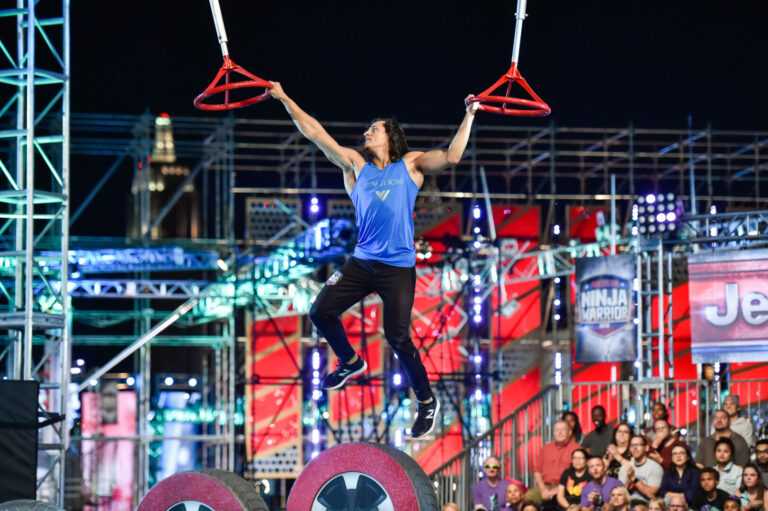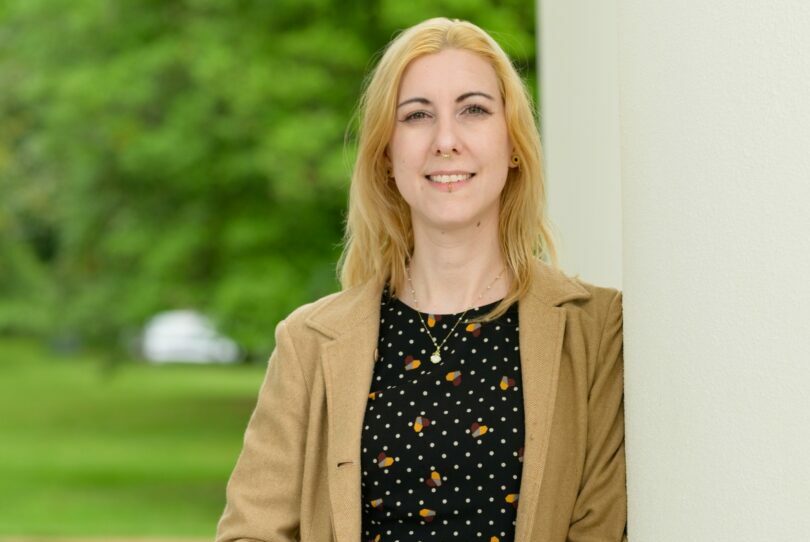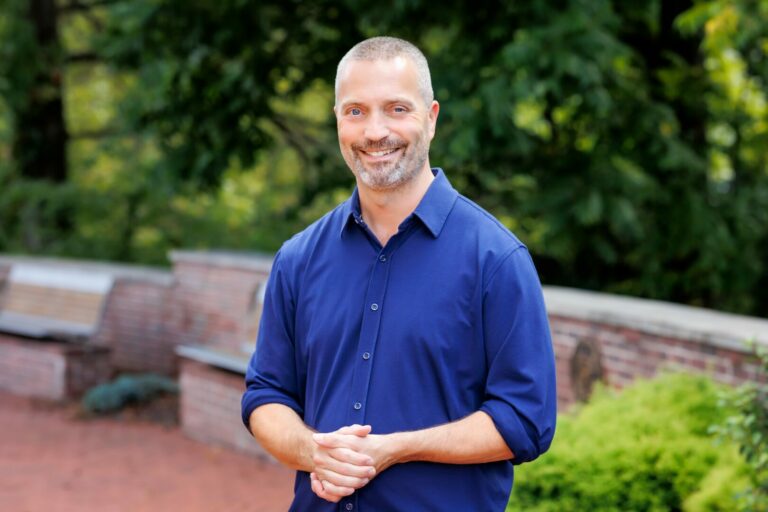We’re looking forward to introducing you to Brandin Hurley. Check out our conversation below.
Hi Brandin, thank you for taking the time to reflect back on your journey with us. I think our readers are in for a real treat. There is so much we can all learn from each other and so thank you again for opening up with us. Let’s get into it: Who are you learning from right now?
I’m currently obsessed with learning women’s stories throughout history. Women who looked at the political, social, or cultural expectations placed on them and thought “yeah, I’m not going to do that”. I think it’s fascinating to look at the different ways women have subverted expectations and made their way to power and influence; it’s just as interesting and informative to learn about those who forged their path through a mess of mistakes and emotional catastrophes as those who did so with a steadfast integrity.
Can you briefly introduce yourself and share what makes you or your brand unique?
I am an environmental artist with an emphasis on site specific installations and dimensional work. Through my work I explore our responsibility to the natural world through women’s historic interaction with it. A series I am currently developing, “Reliquaries”, explores foraging as a means to showcase and preserve seeds in the event that our climate changes so much that access to many of our plants are lost. This collection is inspired by the reverential practice of creating elaborate shrines for holy relics; my reliquaries lovingly house pollinator seeds that are foraged and encased in glass spheres to showcase and preserve them. Creating these pieces connects me to the countless women before me who walked their land, looked, categorized, smelled, tasted, learned, and valued their surroundings. The act of foraging seeds for my pieces brings me outside
and encourages me to study the plants around me and their benefits. Housing them in hundreds of glass spheres is a meditative practice in valuing the smallest elements of our ecosystems, and the finished pieces express what I desperately want to convey to the world. They are saying look, look, look. Look at these small and undervalued components of our world. They are beautiful, and we need them. We can value them and sustain our ecosystems or…see what we are left with without them.
Another series, “Heirloom”, uses the practice of weaving to examine what we are leaving for our children with our current environmental practices. Utilizing hand woven metal wire and vessels housing foraged seeds, this collection is visually inspired by jewelry. What we often value and choose to preserve is counter to our survival as a species. In this series I am
exploring what I hope to leave for my son. Knowledge about the natural world and a love for it that inspires conservation and reciprocity seems the only true thing of value. Weaving has historically been passed through the maternal line, utilized for practical vital purposes while being cherished for its beauty and delicacy. It is seen through almost every culture throughout
history and is one of the traditional practices that continues to be taught. My mom taught me to crochet and sew, and my grandma taught her. I am using a crochet weave in my first piece of this series for this reason. Historically, weaving played a vital role in sustaining families and communities. It had cultural, economic, social, and practical applications in most civilizations. However, weaving is a prime example of the ways in which practices passed primarily through the maternal line are trivialized in
our patriarchal society, often labeled as “craft” rather than art or trade. We have been living in a world in which the patriarchy decides what to prioritize. What would happen if we elevated and cherished those traditionally female roles such as foraging and weaving? Seeing natural resources as gifts from the land rather than objects to be hoarded and kept? According to botanist Robin Wall Kimmerer, seeing natural resources as gifts inspires vital reciprocity.
Great, so let’s dive into your journey a bit more. What’s a moment that really shaped how you see the world?
The California landscape in which I grew up certainly shaped much of how I see the world. My parents let me loose in nature, barefoot with tangled hair. We caught lizards, collected feathers, ate wild plants, camped, knelt by tidepools, swam in the ocean, climbed trees. I had sunburns, poison oak, bee stings, scraped knees, and dirt under my fingernails. I learned that we are not meant to be sequestered inside, afraid that nature will harm us. We are meant to be integrated into the ecosystems that surround us. The only way to foster a true care for the environment is to see ourselves as a part of it.
When did you stop hiding your pain and start using it as power?
I was always small, waifish, quiet. I learned when I was young not to take up space, either emotionally or physically. Over the last few years I have learned that it’s not only unhealthy but unecessary. Learning through my relationships and work who I am and what I truly care about has helped me feel more comfortable taking up space in the world. Connecting back to women throughout the centuries who have suffered under patriarchial limitations and constraints has helped me see my modern experience as a part of a tragically long battle for women to be seen as people who deserve to take up space.
Alright, so if you are open to it, let’s explore some philosophical questions that touch on your values and worldview. What’s a belief or project you’re committed to, no matter how long it takes?
I’m committed to showing gratitute and reciprosity to the land I live on. I currently volunteer collecting seeds for Project Wingspan, an organization that expands native pollinator habitats across the midwest. I love the way that this process expands my knowledge of native species, directly benefits my local ecosystems, and shows my appreciation for what the land gives me.
Before we go, we’d love to hear your thoughts on some longer-run, legacy type questions. What is the story you hope people tell about you when you’re gone?
I hope people remember that I picked dandelions and wove them into my son’s hair, rolled down hills with him and walked barefoot in rivers with his little feet beside mine.
Contact Info:
- Website: https://www.brandinhurleystudio.com
- Instagram: @brandin.hurley
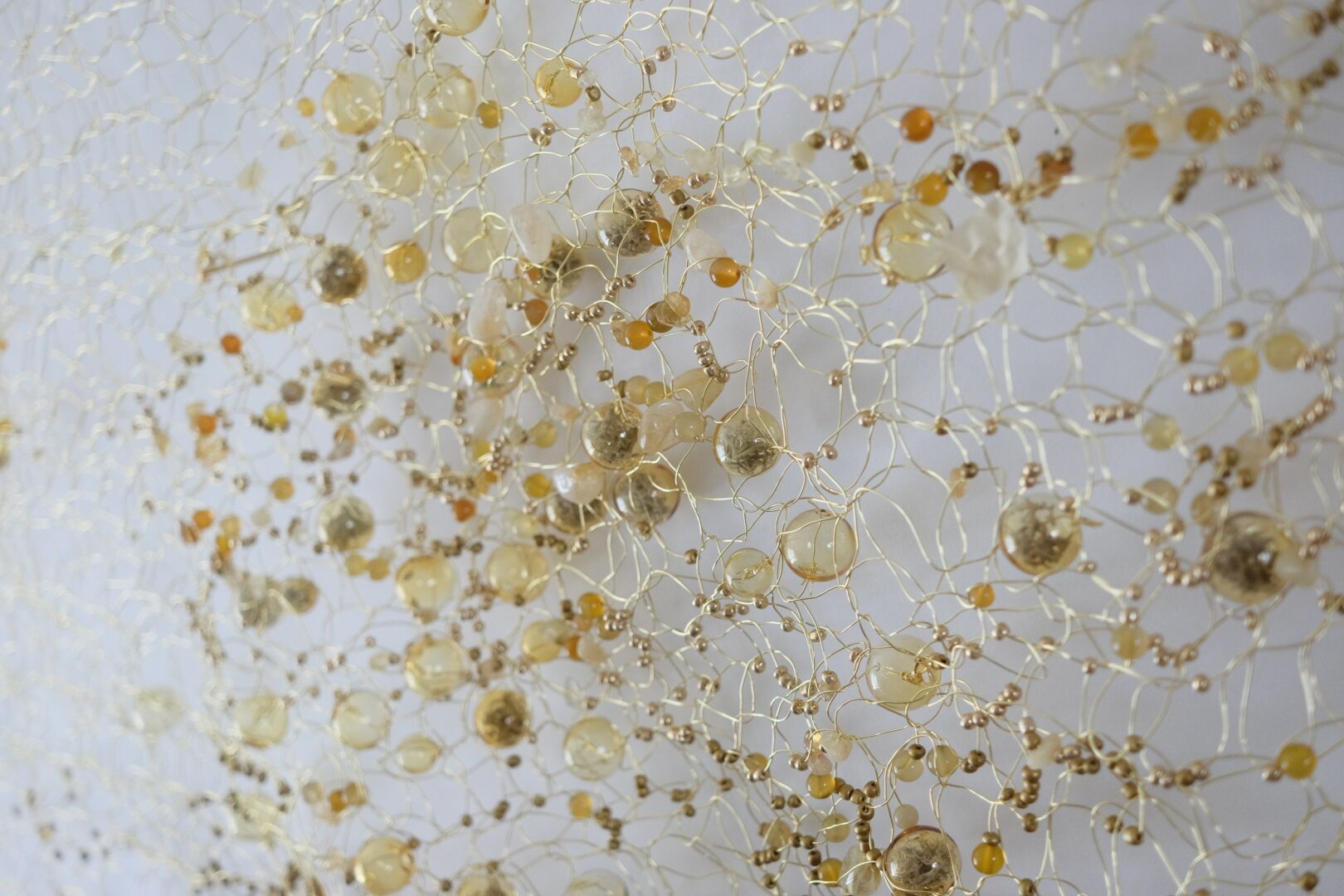
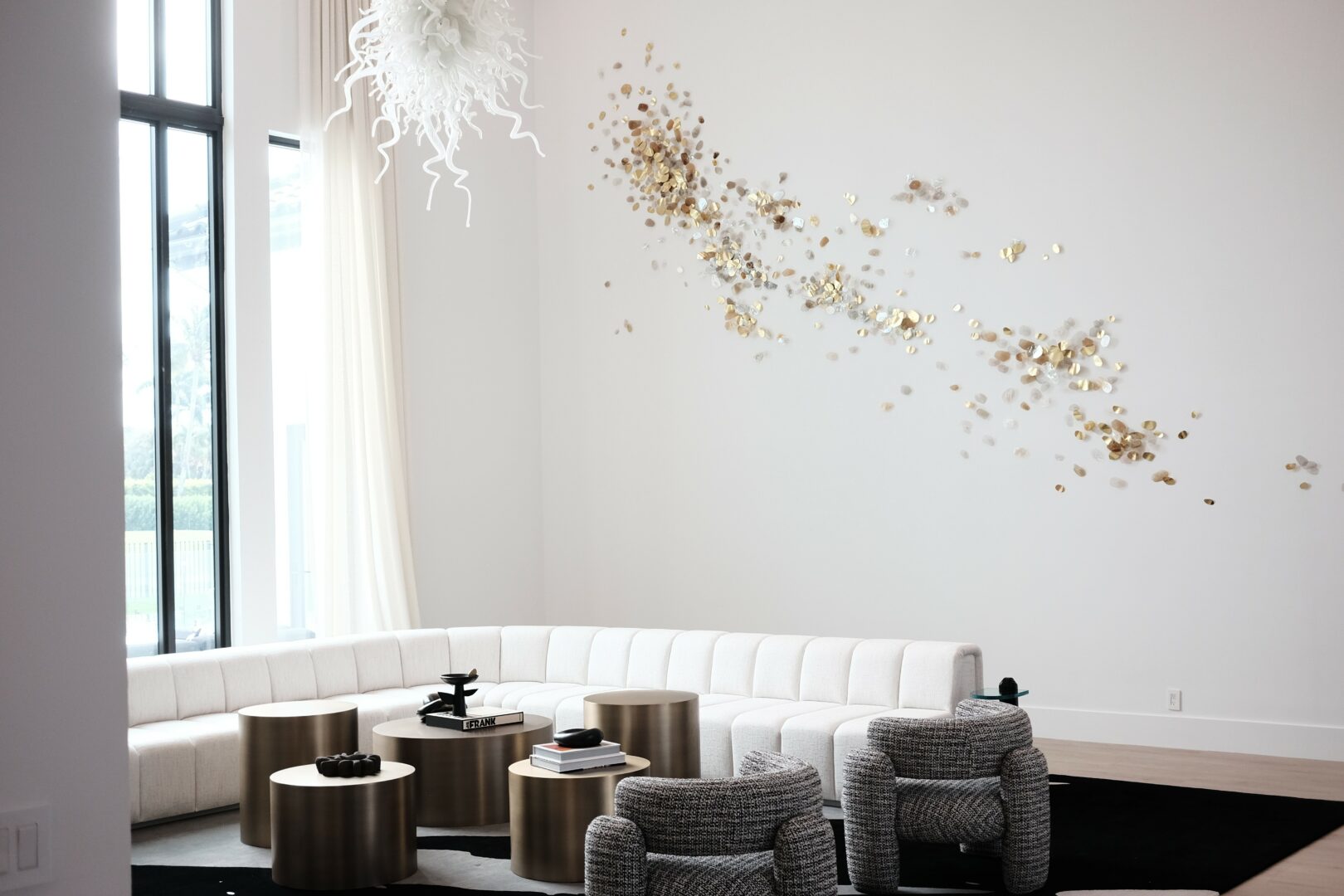

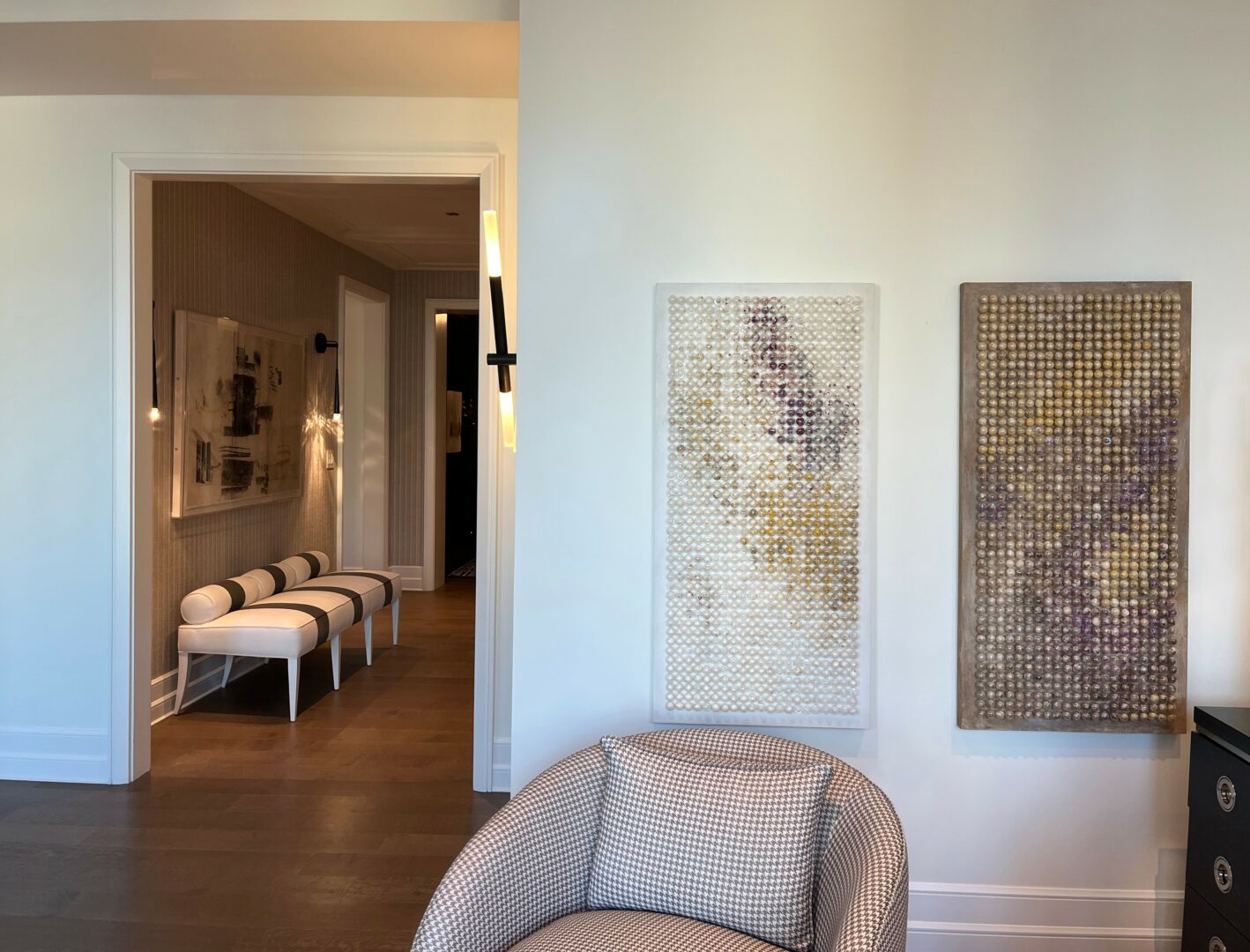
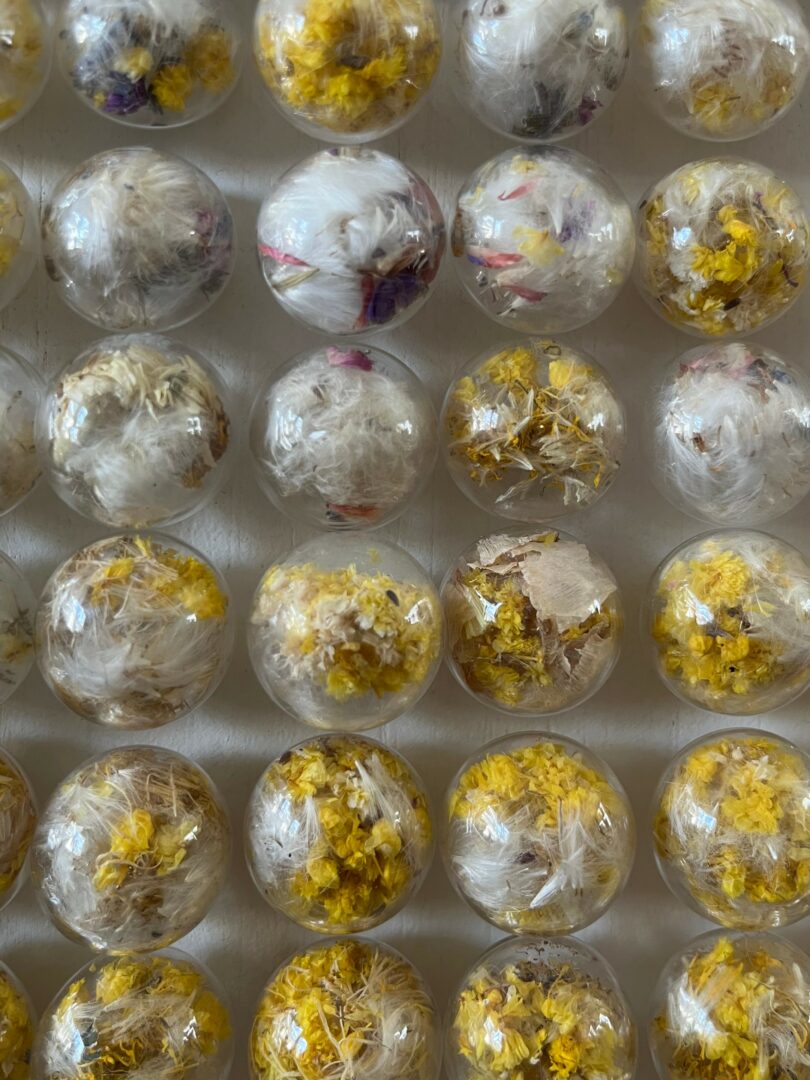

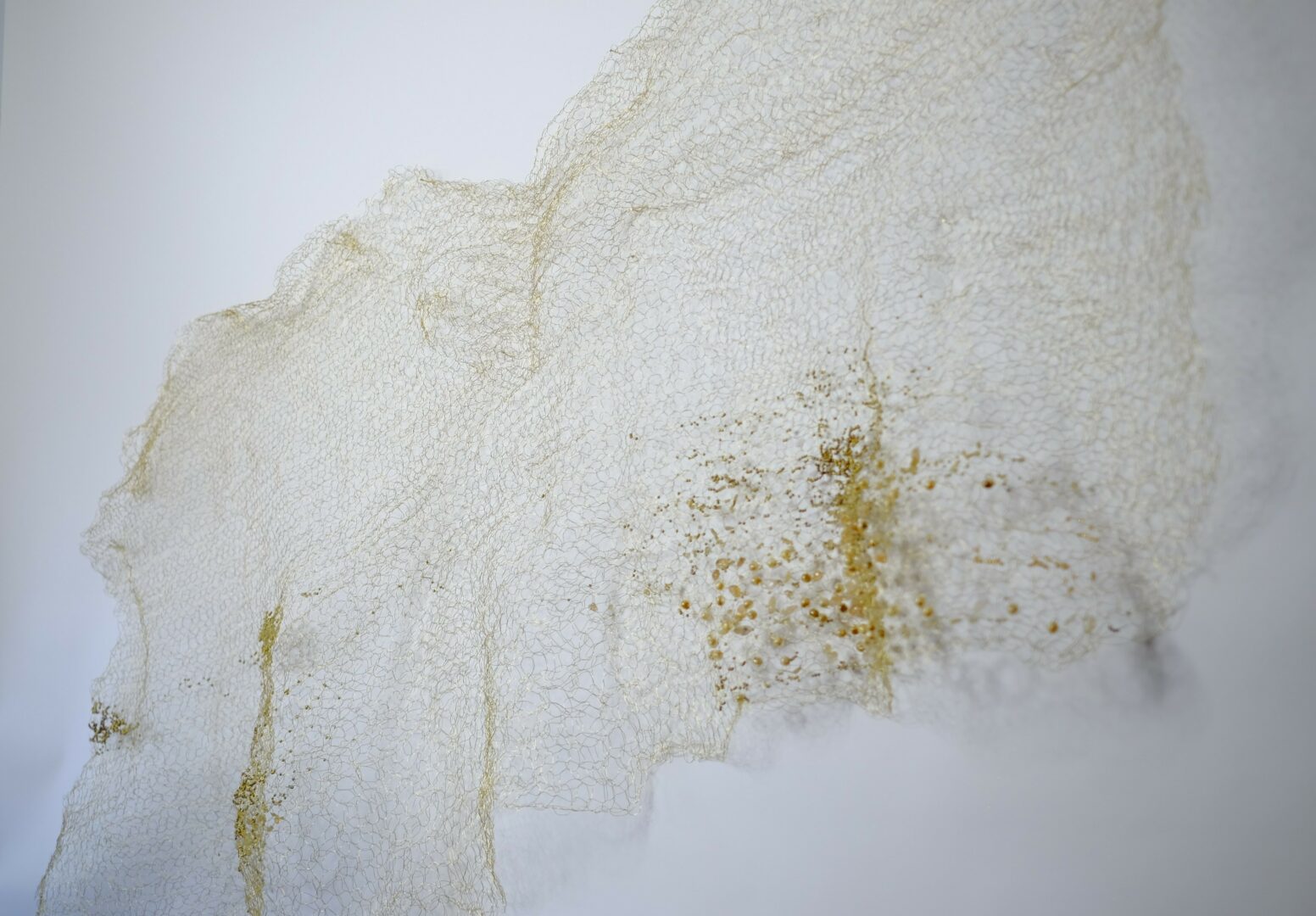
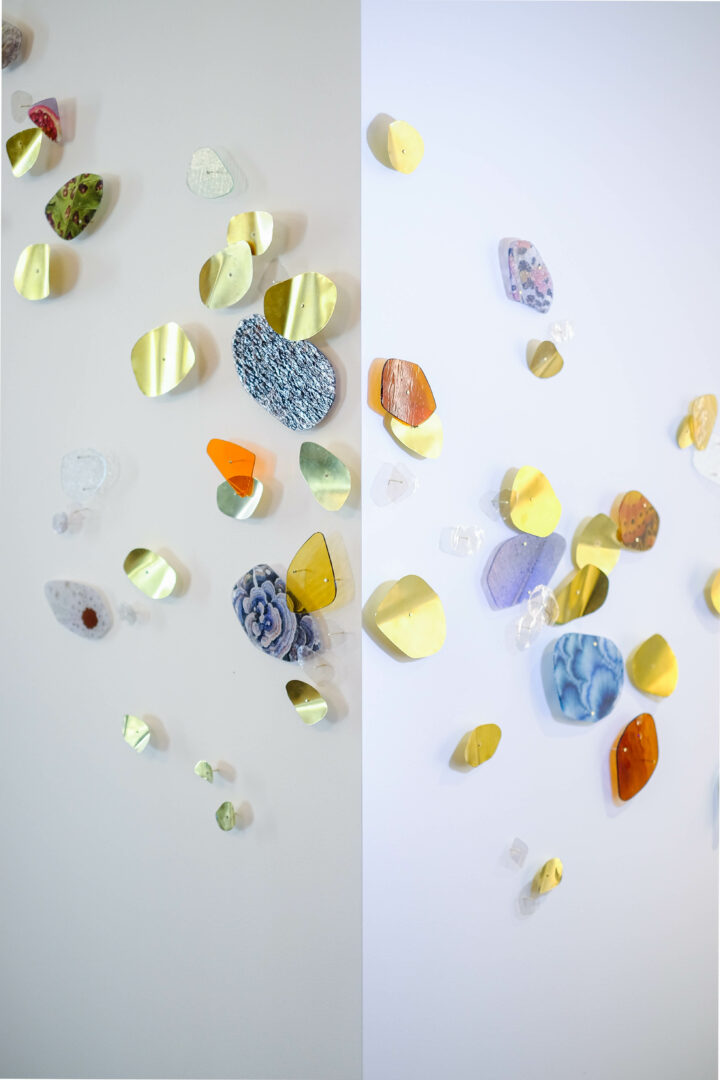
Image Credits
Matthew C. Yee
so if you or someone you know deserves recognition please let us know here.

